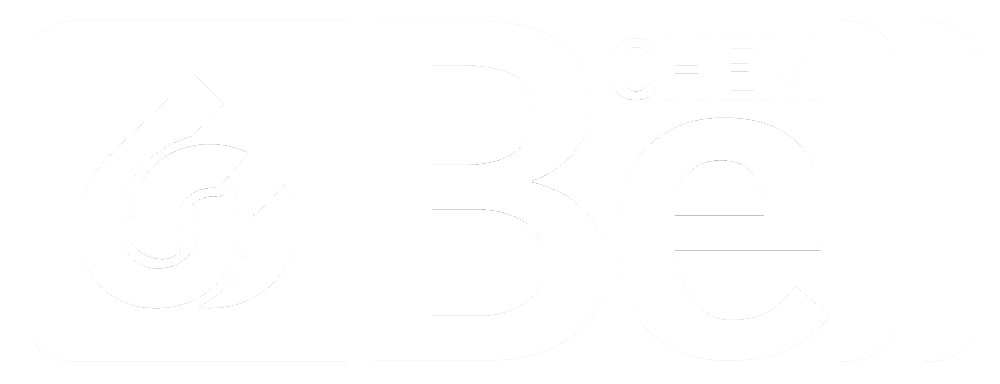
NEWS
BC Surfactant NP-9
In order to discuss the merits of industrial ingredient supplier Bell Chem’s Surfactant NP-9 (Nonylphenol Ethoxylate), it is important to break down the individual portions of its name to determine what exactly this versatile chemical is capable of performing for your industry.
First, a surfactant is a chemical that reduces the surface tension of the solvent in which it is placed. Without surface tension, any additional chemicals are absorbed within the liquid much more easily and rapidly. Dye added to a fabric tends to mottle the area in which it was initially placed. Adding a surfactant spreads the dye more evenly throughout the liquid, thereby giving the fabric an even color.
The number ‘9’ within the product’s name focuses on bond placement. NP-9 means the structure of BC Surfactant NP-9 contains a chain of 9 carbon molecules for its tail. A molecule’s shape is important since different forms give rise to different functions. For NP-9, its structure gives it the ability to be both hydrophilic and hydrophobic, depending on the direction of the molecule. This aids in removing water from some areas while adding water to others, leveling the wetness distribution.
Nonylphenol ethoxylates are metabolites of alkylphenol ethoxylates. They are light orange in color, fading to almost clear in liquid form. Because they are nonionic (they hold no charge), they work well in “hard” water. Their non-charged molecules are resistant to being deactivated in water containing strong metals, such as magnesium or calcium. Therefore, nonylphenol ethoxylates are generally used in detergents, dishwashing, laundry and on kitchen or bathroom fixtures that are in repeated contact with hard water. They quickly snag and surround substances with oil or grease bases, removing them from fabric, pipes or porcelain to be washed away.
BC Surfactant NP-9 has uses across industries. It is regularly found in the following products as a surfactant:
paints and wood finishes
personal hygiene products
lawn care products
pesticides
drain cleaners
laundry detergents
metal working
Find more about BC Surfactant NP-9 and other chemicals in Bell Chem’s vast inventory by visiting our website. Bell Chem is a sanitation chemical supplier based in Longwood, FL (just north of Orlando) with hundreds of products stocked in their 50,000+ square-foot warehouse, including CSANTM sanitation products. You can expect the highest quality products, expedited shipping options for maximum efficiency, and unrivaled personalized customer service. Let our knowledgeable and friendly customer service representatives and accounting staff personalize all your needs by either calling 407-339-BELL (2355) or by sending us an online message.
BC EDTA-100
Ethylenediaminetetraacetic acid (EDTA) has a proven record of aiding in the protection of water treatment pipes and equipment. Bell Chem, the water treatment chemical supplier you can trust in Central Florida, carries this chemical for its ability to effectively sequester metals within pipes.
Deposition is a fact of life for water treatment plants. Water purity determines the likelihood of deposits left within the boilers and other portions of the feed lines. When feedwater contains even the slightest amount of impurity, the possibility of buildup along any metal surface is almost guaranteed.
Contaminants common in feedwater include metals (magnesium, copper, iron, aluminum), nonmetals (calcium and silica), silt, and oil. These categories are identified as either scale or sludge. Scale is formed by salt crystals that adhere to surfaces while sludge precipitates outside the water treatment system and is transported to the metal surface of the treatment system by means of incoming water.
Scale formations are soluble until they concentrate due to the high heat transfer rates that drive evaporation. Because the crystalline structure of scale is homogeneous, different areas of scale may have completely different chemical compositions and require varied methods of removal. Both metals (magnesium, aluminum, and iron) and nonmetals (calcium, silica, and occasionally sodium) can create scale. Scale forms extremely slowly, which causes the buildup to be hard, dense, and well defined, giving scale the ability to withstand most mechanical and chemical cleaning.
Sludge deposits may also prove to be dense, hard, and difficult to remove, especially after exposure to extreme heat levels, which bakes the sludge onto the surface of the water treatment equipment. Baked sludge is similar to scale in its tenaciousness.
Once either sludge or scale forms inside a facility, the chemical contaminants attract like chemicals. This results in larger and larger patches of affected metal. These accumulations inside pipes can significantly increase water pressure because the diameter of the pipes diminishes, causing overheating and, especially with salts, corrosion. Removing scale and sludge results in facility downtime.
EDTA acts to chelate every known metal on the periodic table. When metals are sequestered by EDTA, they lose a portion of their reactivity to each other and any other ions, rendering them nearly passive. As a water treatment chemical, EDTA is generally a colorless, water-soluble solid marketed as disodium EDTA or calcium disodium EDTA. Adding EDTA to water filtration systems greatly reduces scale and sludge, thereby decreasing unscheduled maintenance and replacement of equipment.
The water treatment chemical supplier experts at Bell Chem stock BC EDTA-100 knowing its importance in keeping water facilities online and running smoothly. Contact Bell Chem today at 407-339-2355 (BELL) to inquire about EDTA and their other water treatment chemicals. Our news page has a generous offering of our line of chemicals for industrial use.
